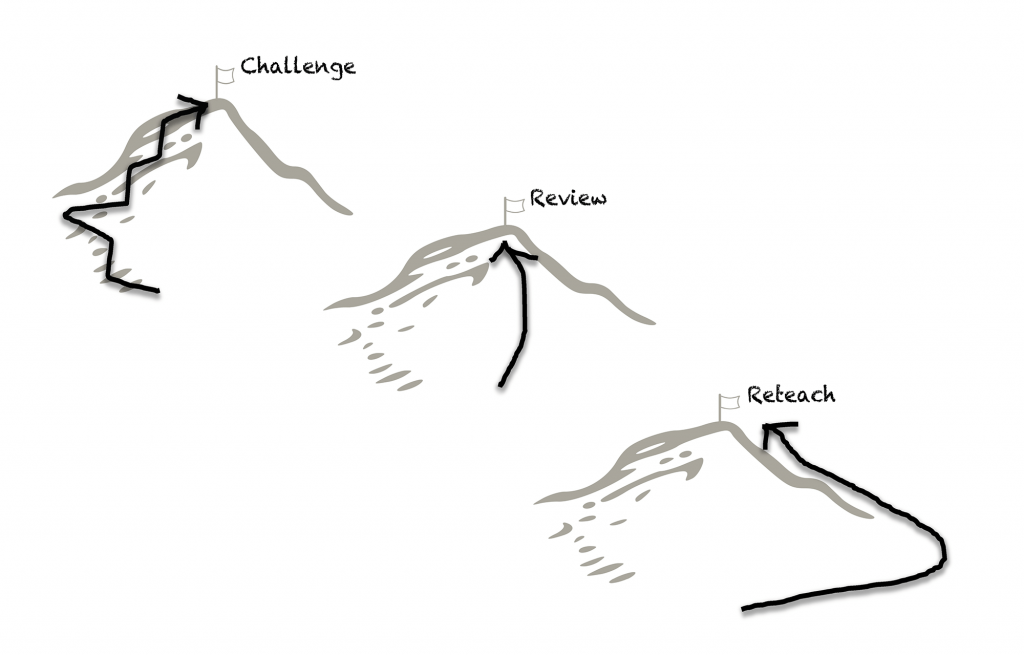For Teachers
The Challenge
It would be wonderful if each student learned in the same way and at the same pace. But we know that is not the reality in any school. Knowing that students require different paths to learn, how does a teacher differentiate instruction to guide students to master a lesson plan objective or learning outcome?
Students as Learners
Students, not learners, are expected to obediently follow rules. They are culturally obligated to work for the teacher and for grades. An effective school community knows school leaders and teachers are learners, and that students are learners, too. Learners are motivated by the value in their work, especially when it’s valuable to others. Learners take different paths to reach a lesson plan objective. Students who are learners are curious about making connections between what is learned to their own life.
Learning Environment
Differentiated instruction appreciates learning styles. Learning styles refer to how a person prefers to learn and process information. With an awareness of learning styles, a teacher also focuses on the learning environment. Effective teachers consider the setting and the culture of the classroom. They establish a positive culture by appreciating every student and managing the classroom well. They set high expectations for all students.
Paths to learning
Differentiated instruction is writing lesson plans into a weekly plan for a combination of whole class, pairs, and individual instruction. Differentiated instruction is not assigning more or less work. While students work together and practice during guided practice, a teacher can challenge, review or reteach students. Students work in pairs while a teacher circulates, listens, and asks questions. Or, a teacher forms groups of 3-10 students, depending on the level of understanding to direct and provide guidance.

Guided practice
After direct instruction, a teacher shares the responsibility of the outcome by planning for a guided practice activity. As teachers prepare a guided practice lesson plan after direct instruction, they think of ways to differentiate the activity to challenge, review or reteach the skill. During guided practice, the teacher offers paths with specific guidance to master the lesson plan objective.
Benefits
Differentiating instruction is often perceived as daunting and too difficult. It is hard to imagine and plan for paths to learn for each student in one classroom. However, it is attainable when the concept of differentiating instruction is housed in lesson plans for guided practice. Writing lessons into a weekly schedule to divide students into pairs or groups allows the teacher to challenge, review or reteach all students for any lesson topic.
We believe in you!
Differentiated instruction is possible with the right training and preparation. We train teachers to plan for paths for learners to follow to master the lesson plan objective. If you want to impact teachers and school leaders in your community, send us a message.
Beth is the President of Teaching Training Together, an organization based in Burlington, Massachusetts, that provides initial training through professional development seminars to underserved school leaders and teachers.
